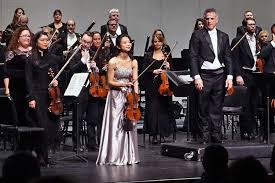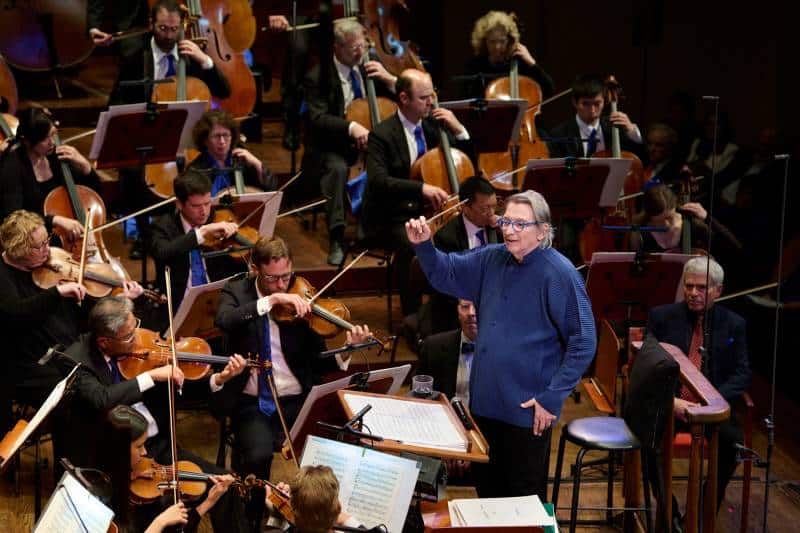How Jewish prayer music suddenly got hot
mainFrom my monthly essay in The Critic:
The music of Jewish prayer, like that of the Christian church, exists largely thanks to Reformation. Century after Christian century, Pope after Pope banned anything livelier than Gregorian chant in church until Martin Luther nailed up a competitive liturgy and composers decorated it with tunes. Luther, himself a composer, wrote some 30 chorales. His setting of “Ein feste Burg” — a mighty fortress is our Lord — remains a cornerstone of Evangelical worship….
Lost in this mainstream narrative is the role of music in Jewish worship, a history that remains a closed book to the majority of Jews and musicians. The subject has acquired a sudden topicality with the unforeseen involvement of two major record labels. Briefly, it’s a sob story…
Read on here, with heavenly sound examples.

And here’s one he sang earlier:






Comments